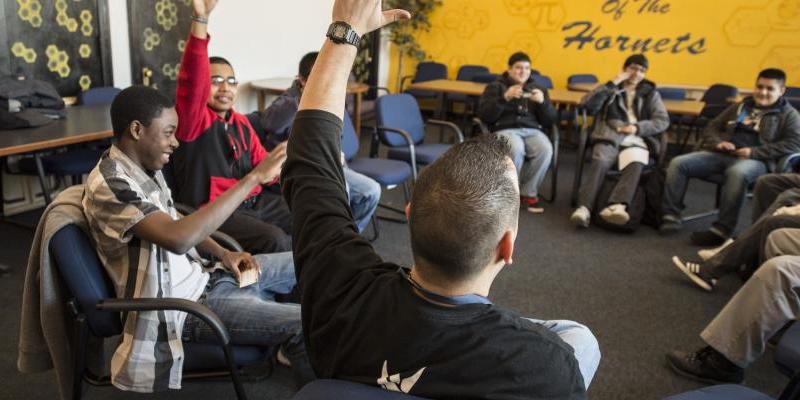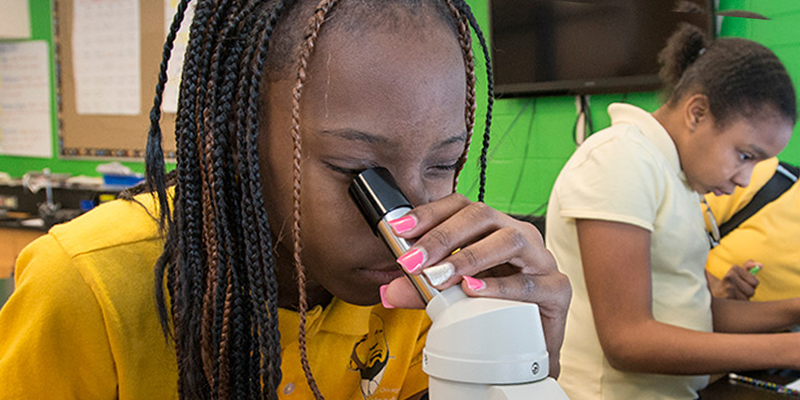Health Lab Crisis Assistance Response and Engagement (CARE) Program
Public Health and Safety Portfolio
The City of Chicago launched the Crisis Assistance Response and Engagement (CARE) Program in September 2021 as a pilot designed to assess multiple alternative mental health and substance use-related crisis response strategies. With the launch of CARE, the goal was to ensure that individuals experiencing crises related to unmet health and social needs receive a response from teams of health care professionals and resources that address underlying needs and reduce cyclical utilization of emergency response services. This promising initiative was the result of a partnership between the City of Chicago Office of the Mayor, the Chicago Department of Public Health (CDPH), the Chicago Fire Department (CFD), the Office of Emergency Management and Communication (OEMC), the Office of Public Safety Administration (OPSA), the Chicago Police Department (CPD), and EMS Region 11. CARE was piloted in 13 neighborhoods with some of the City’s highest rates of 911 crisis calls, overdose, and mental health-related ED transports. This highly coordinated and comprehensive alternative response program allowed the City to meet individuals experiencing a behavioral health crisis with a professional health response, connect them to community-based resources, and divert individuals away from the criminal and emergency medical systems.
During the CARE pilot, Health Lab conducted a detailed implementation evaluation, including quantitative and descriptive analyses of CARE program and available emergency response data. The evaluation also included a series of qualitative interviews with key informants, including agency leaders, CARE team staff, and emergency communications center staff. The implementation evaluation was designed to help policymakers identify and resolve potential operational challenges with the goal of identifying and resolving such challenges before trying to implement CARE at-scale and also to help generate timely 911 and emergency response knowledge of vale to cities, counties, and states across the nation.
Health Lab is also finishing up predictive analyses consisting of several models intended to do the following:
-
Identify groups at risk for an overdose in Chicago; and
-
Predict the probability that an incoming 911 call will be an overdose-related emergency service call (ORESC).
These models are trained and fitted on de-identified individual and call-level data received from CPD and CFD, and are parameterized using pre-call characteristics such as age, gender, race, location, day of week, and reason for dispatch. Using the resulting predicted probabilities, individuals and calls are then rank-ordered into risk groups, ranging from “lowest risk” to “highest risk” of an overdose.
CARE Evaluation Report




